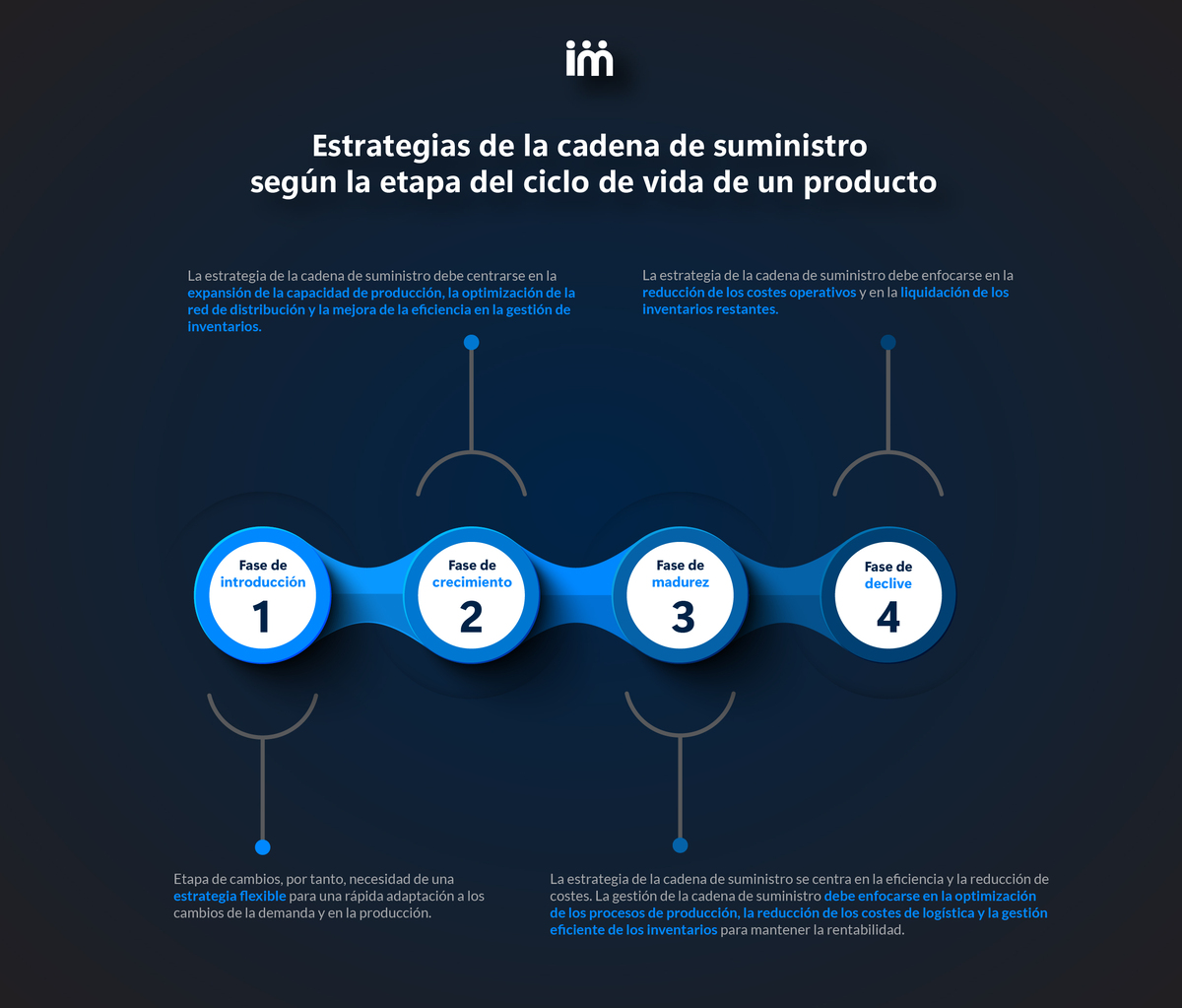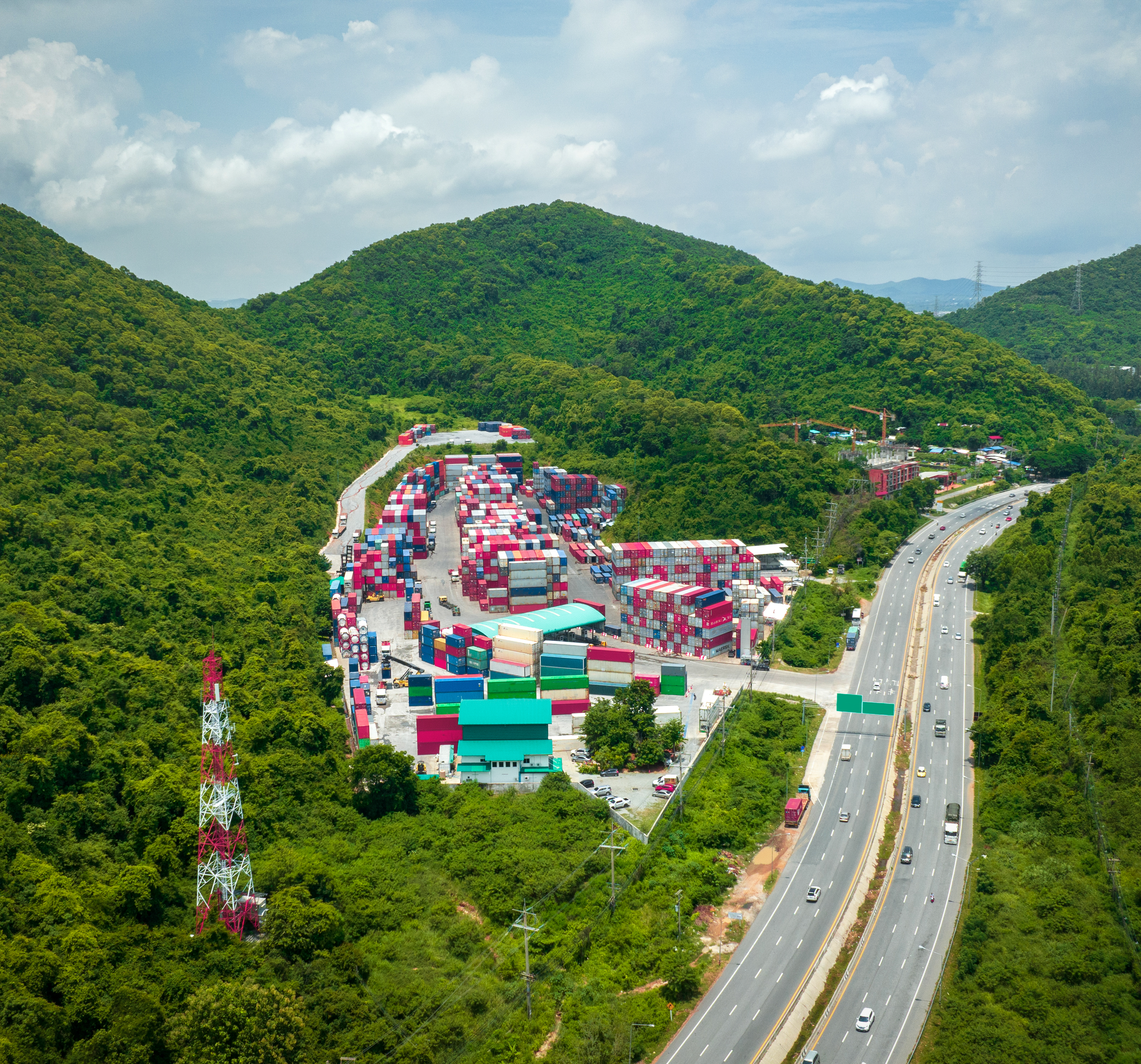
Efficient supply chain management is crucial in the competitive and globalized environment we are immersed in. The ability to plan and manage demand effectively is vital for minimizing costs and maximizing the profitability of an organization. In this context, the product lifecycle plays a crucial role. From conception to market withdrawal, a product goes through different stages that directly impact the supply chain and demand planning. Properly managing the product lifecycle is essential to reduce risks and leverage the opportunities that each stage offers.
In this article, we will delve into the concept of the product lifecycle and its impact on the supply chain. Additionally, we will introduce some new practices in this sector.
Impact of Product Lifecycle on Supply Chain Management and Demand Planning
From the introduction stage to market withdrawal, a product goes through various stages that present different challenges and opportunities for the supply chain. Significant changes in demand occur during these stages that need to be monitored and managed to optimize the supply chain.
It is important to note that demand management not only involves demand forecasting but also collaboration between departments. Marketing, sales, and finance must establish appropriate pricing and promotion strategies for each stage of the product lifecycle. By aligning demand management with the different stages, companies can optimize their supply chain and improve long-term profitability.
For this reason, there is a growing trend in the use of tools and supply chain management software due to their significance in the lifecycle of products or services. These tools facilitate and enhance optimal outcomes in each vital phase of a product or service.
How supply chain strategies should adapt according to the product lifecycle stage.

The role that a supply chain software plays in product life cycle management.
An effective SCM software can help companies make informed and fast decisions at each stage of the product life cycle. They provide real-time visibility of supply chain data and facilitate collaboration and coordination among different stakeholders, leading to increased efficiency and cost reduction for the company. In summary, SCM software has become an essential tool for product life cycle management, ensuring improved efficiency and profitability for the company.



























































 Imperia_thumbnail.jpg)





















